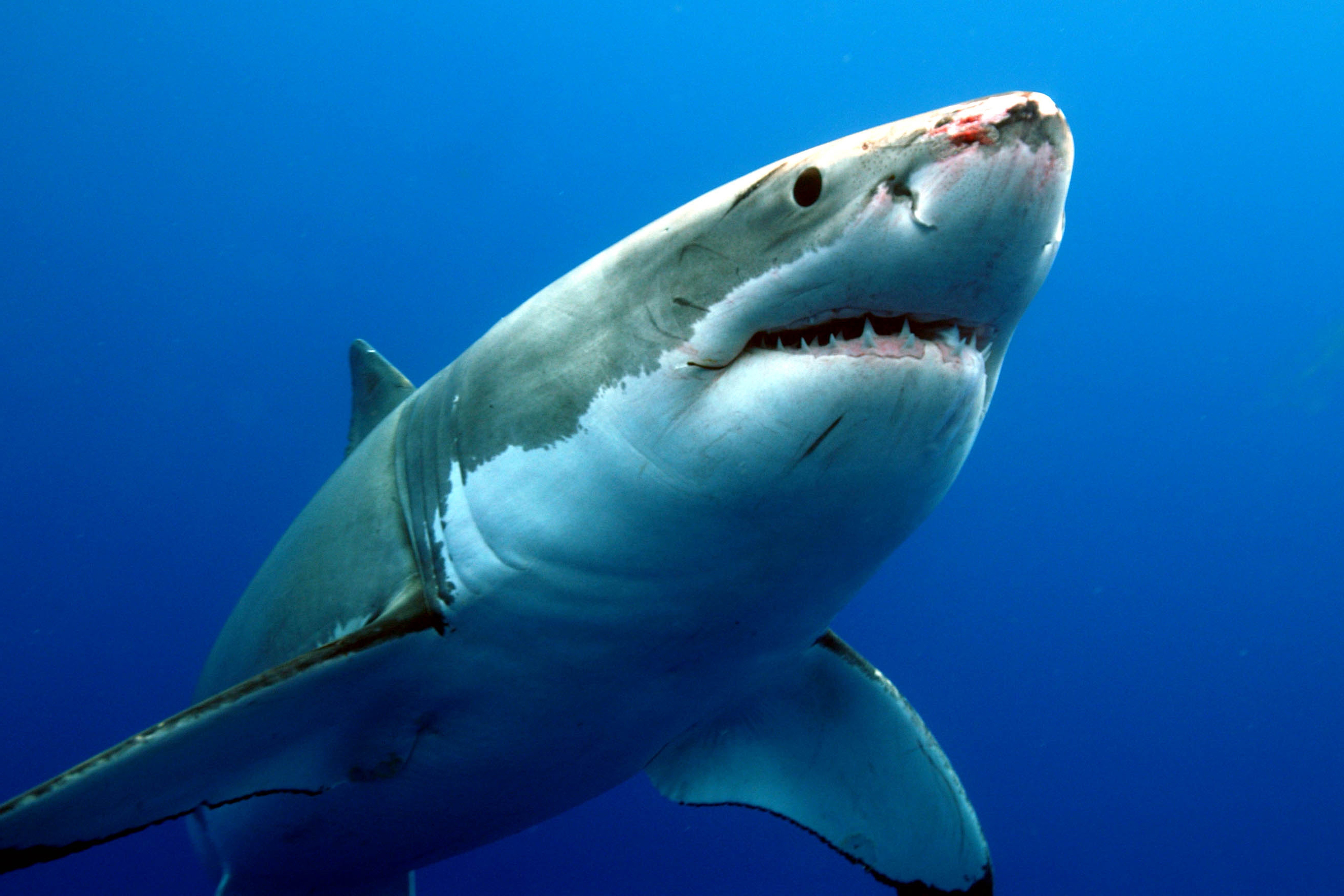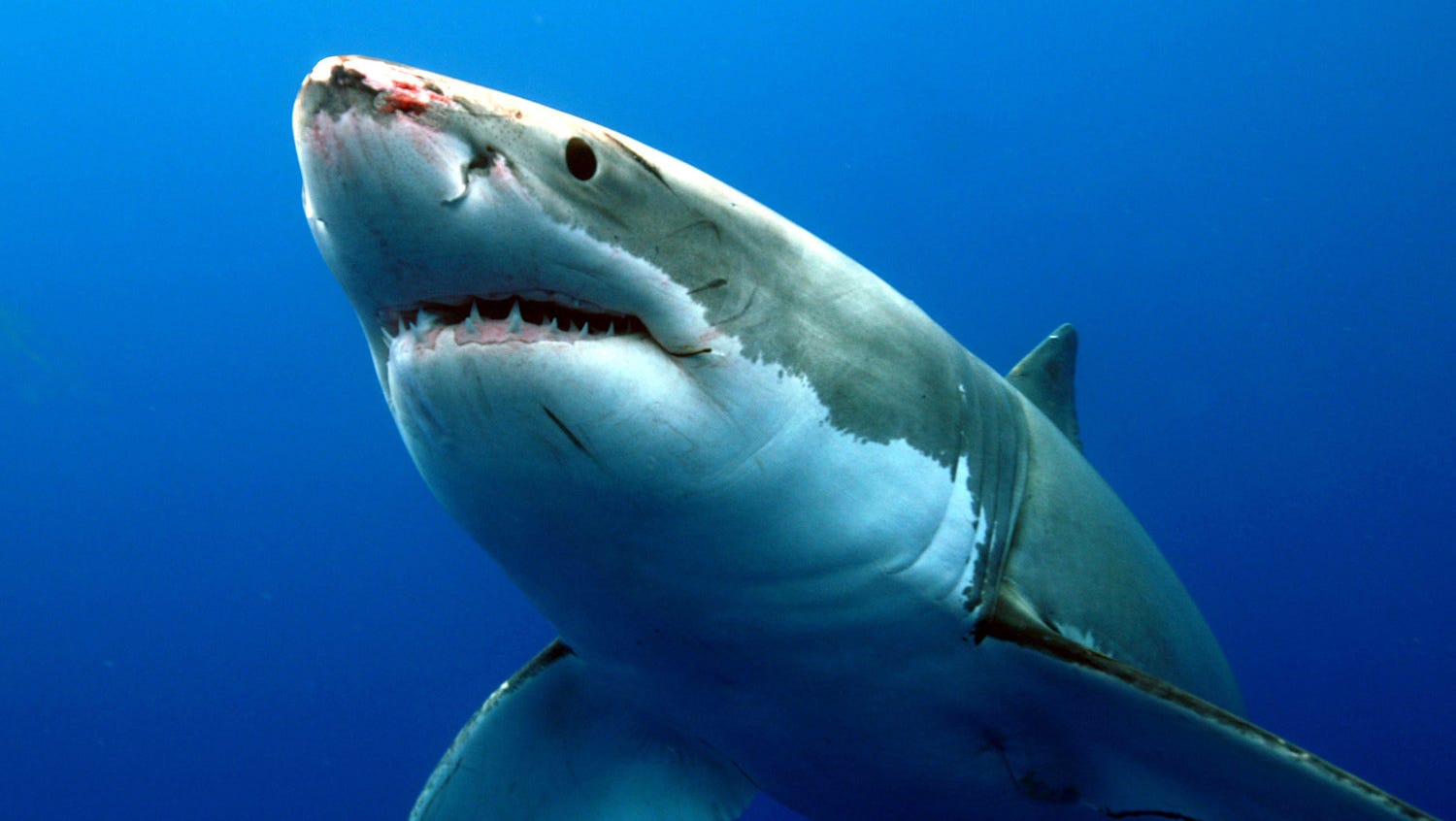Shark Attack Concerns - What You Need To Know
There's been quite a bit of talk lately about interactions between people and sharks, with some recent occurrences making headlines. It seems, too it's almost, that folks are paying more attention to what happens along our coastlines, especially when these creatures are involved. People often wonder about how often these encounters happen, and what they might mean for those enjoying time near the ocean.
Just a little while ago, a place called Hilton Head Island, for instance, saw something pretty unexpected. There was a second report of a shark attack within a very short span of time at Coligny Beach Park. This situation, you know, prompted those in charge to put out reminders for everyone visiting the beach. They wanted to make sure people remembered basic beach safety steps and paid attention to the warning flags put up for everyone's well-being.
These kinds of reports, in fact, sometimes pop up across different parts of the United States' ocean edges over the last year. It appears, too, that the highest number of these situations have been noted in areas like Florida and Hawaii, places that draw many people to their shores. People often ask, so, what's really going on out there?
Table of Contents
- Recent Happenings - Shark Attack Reports
- Understanding Shark Attack Patterns - Where Do They Occur?
- Is That a Quiet Year for Shark Attack Incidents?
- Personal Encounters - Stories of Shark Attack Survivors
- How Does Shark Attack Risk Compare to Other Dangers?
- Looking at Global Shark Attack Information
- What Are the Numbers for Shark Attack Incidents?
- What Can We Learn from Shark Attack Data?
Recent Happenings - Shark Attack Reports
In a recent series of events, a place called Hilton Head Island experienced something quite rare. Specifically, at Coligny Beach Park, there was a second shark attack reported within a single week. This particular set of circumstances, you know, led local officials to issue important notices. They really wanted to make sure that everyone visiting the sandy shores was well-informed about general beach safety steps. They also made sure people knew to keep an eye out for the flag warnings that are often put up for public awareness.
These kinds of reports, actually, have been cropping up along various sections of the United States coastline over the past year. It seems, pretty much, that these interactions are happening in different spots. When we look at the numbers, it's clear that the largest count of these events has been recorded in two specific states: Florida and Hawaii. These are places, in a way, that are known for their inviting waters and many visitors.
There was also a situation involving two American visitors. They experienced injuries in what appeared to be a shark attack. This happened off the coast of the Bahamas, specifically on a Friday evening. Local authorities, you know, confirmed these occurrences. However, at the time, the details about how they were doing, their conditions, weren't fully shared with the public. It just goes to show, you know, how quickly things can unfold in the water.
Later on, more information came out about the Bahamas incident. Police confirmed that two Americans had been hurt, with one person sustaining more serious injuries. This was, as a matter of fact, a suspected shark attack. The two women, who were tourists, were enjoying a swim in Bimini Bay. This took place on a Friday, around the same time as the earlier report. So, it really brought home the point about being aware of your surroundings when you're in ocean waters.
Understanding Shark Attack Patterns - Where Do They Occur?
When we think about shark attack events, it's interesting to consider where they tend to happen most often. The information gathered, in fact, shows that reports of these interactions have come from large sections of the United States coastline over the last year. This suggests that while they aren't everyday occurrences, they can pop up in various coastal areas where people and ocean life share space.
However, when we look a little closer, there are some clear patterns. The highest count of these incidents, for instance, has been noted in Florida and Hawaii. These two states, you know, are well-known for their extensive coastlines and for being very popular destinations for beachgoers and water sports enthusiasts. It makes a certain kind of sense, then, that places with more people in the water might also see a higher number of these interactions.
You can also, actually, find information that tries to make sense of these encounters on a bigger scale. There are detailed compilations that gather information about shark attacks from all over the world. These collections help us, you know, to get a better picture. They look at everything from isolated, one-off events to areas where interactions happen more frequently. This kind of data helps people who study these things to, perhaps, unravel some of the questions surrounding why and where these events occur.
Is That a Quiet Year for Shark Attack Incidents?
It might seem like we hear a lot about shark attacks, but sometimes, the numbers tell a different story. For instance, the year 2024 was, apparently, a remarkably calm period for shark bites around the globe. A new report, which was shared on a Tuesday by the International Shark organization, indicated that there were far fewer incidents than what is usually expected. This is, you know, a piece of information that might surprise some people.
This finding about 2024 being a quiet year was, actually, mentioned more than once in various reports. It really highlights that these events, while sometimes grabbing headlines, don't necessarily happen at a consistent rate. Sometimes, you know, there are periods where the interactions are much less frequent than in other years. This kind of data helps us put things into perspective and avoid, perhaps, overestimating the commonness of these occurrences.
Personal Encounters - Stories of Shark Attack Survivors
Sometimes, the stories behind the numbers really bring home the reality of these events. There was a young person, Leah Lendel, who was nine years old. She almost lost her hand after being bitten by a shark. This happened near a place called Boca Grande, which is on the west coast of Florida, and the date was June 11. It's a very striking account, to be honest.
People who were there, actually, saw what happened. They said that Leah was snorkeling at the time of the incident. This kind of activity, you know, involves swimming on the surface of the water with a mask and a breathing tube. It just goes to show that even during what seems like a peaceful activity, unexpected things can happen in the ocean. Her story, you know, is a reminder of the potential for these interactions.
How Does Shark Attack Risk Compare to Other Dangers?
It's helpful to put the risk of a shark attack into perspective by comparing it to other dangers. For example, if you look at the period from 1959 to 2010, there's some interesting information about the United States. During those years, lightning strikes caused a very significant number of deaths. Specifically, there were 1,970 fatalities in the coastal states of the U.S.
Now, if you compare that to unprovoked shark attacks during that exact same time frame, the difference is pretty stark. According to the data, these unprovoked shark attacks resulted in just 26 lives being lost. That's a huge difference, really. It shows that while shark attacks are serious when they happen, the likelihood of one occurring, compared to something like a lightning strike, is considerably lower. It's something to think about, you know, when considering various risks near the water.
Looking at Global Shark Attack Information
To get a broader picture of these occurrences, it's helpful to look beyond just one area. There are efforts to collect detailed information about shark encounters from all over the world. These collections, in fact, help to make sense of what might seem like random events. They try to explain some of the questions surrounding these interactions. This includes everything from single, isolated incidents that happen rarely to areas where interactions are noted more frequently.
This kind of worldwide compilation, you know, helps researchers and the public understand patterns and trends. It's about trying to get a clearer picture of how often these things happen and under what sorts of circumstances. It allows us to, perhaps, see if there are common threads or if certain regions have different characteristics when it comes to shark encounters. It's a way of, basically, bringing all the pieces of the puzzle together.
What Are the Numbers for Shark Attack Incidents?
When we look at the actual figures, some numbers stand out. For instance, in Florida during 2024, there were 14 unprovoked shark bites reported. This number, you know, is quite significant when you compare it to other places. It was, as a matter of fact, more than three times the number of incidents seen in Hawaii during the same year. This difference really highlights that certain areas experience these events more often than others.
This information comes from reports that keep track of these interactions, like the one released by the International Shark organization. They gather data to give us a clearer view of what's happening. So, while 2024 was, generally, considered a quiet year for shark bites worldwide, these localized numbers, you know, still show areas where interactions are more common. It's about understanding the specific situations in different coastal regions.
What Can We Learn from Shark Attack Data?
Looking at all this information about shark attacks helps us put things into perspective. We've seen that places like Hilton Head Island can experience sudden clusters of events, prompting immediate safety reminders for beach visitors and the need to pay attention to flag warnings. We also know, you know, that some areas, particularly Florida and Hawaii, see a higher number of these interactions across the U.S. coastline.
The data also suggests that, globally, some years can be remarkably calm for shark bites, with 2024 being an example where numbers were much lower than usual. Yet, specific incidents, like the one involving Leah Lendel in Florida or the tourists in the Bahamas, remind us of the personal impact these encounters can have. Furthermore, when we compare the risk, it's clear that the chance of a shark attack is very, very low compared to other dangers, like lightning strikes, over long periods. All this information helps us to, basically, approach our time near the ocean with a clearer idea of what's actually happening.
- Rami Malek
- Michelle Trachtenberg
- How Many Children Does Elon Musk Have
- Amy Adams
- Little House On The Prairie Cast

shark Wallpapers HD / Desktop and Mobile Backgrounds

1408113578000-d-Shark-Week-Great-31.jpg?width=1500&height=846&fit=crop
:max_bytes(150000):strip_icc():focal(999x0:1001x2)/shark-cdd5e891ebd14613ba03adf4371b70e1.jpg)
Shark Safety: How to Avoid Shark Attacks